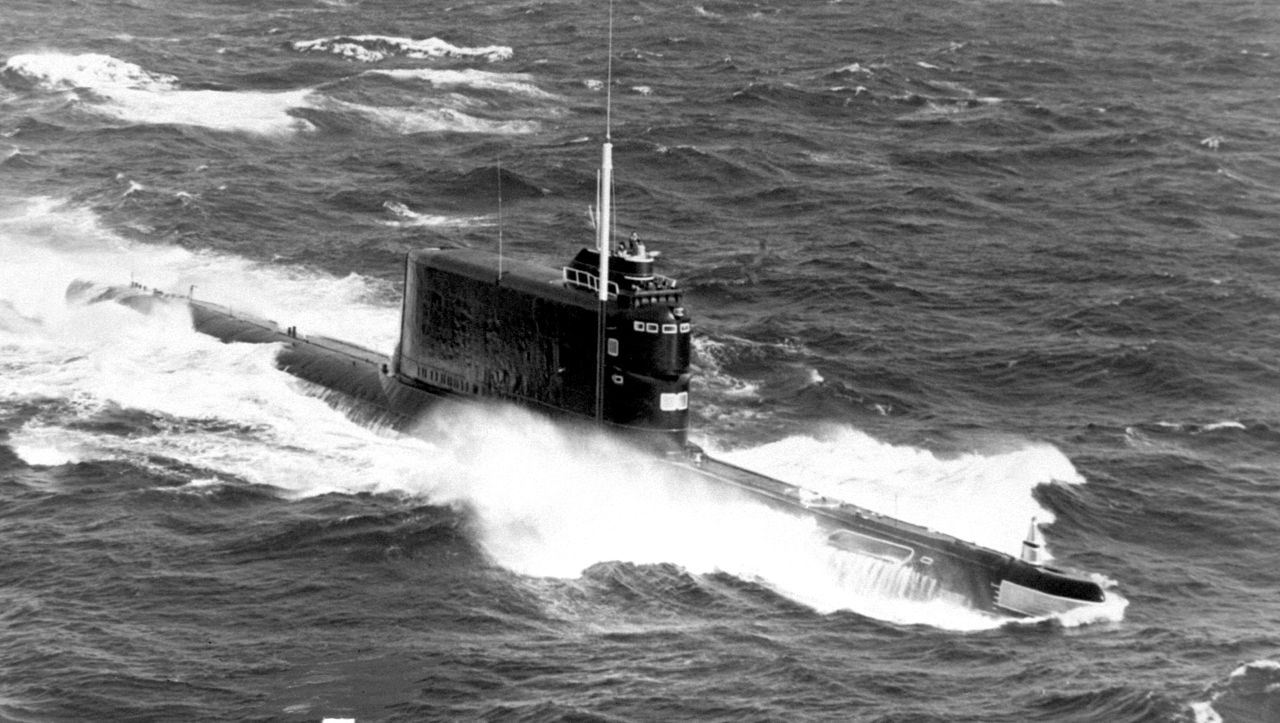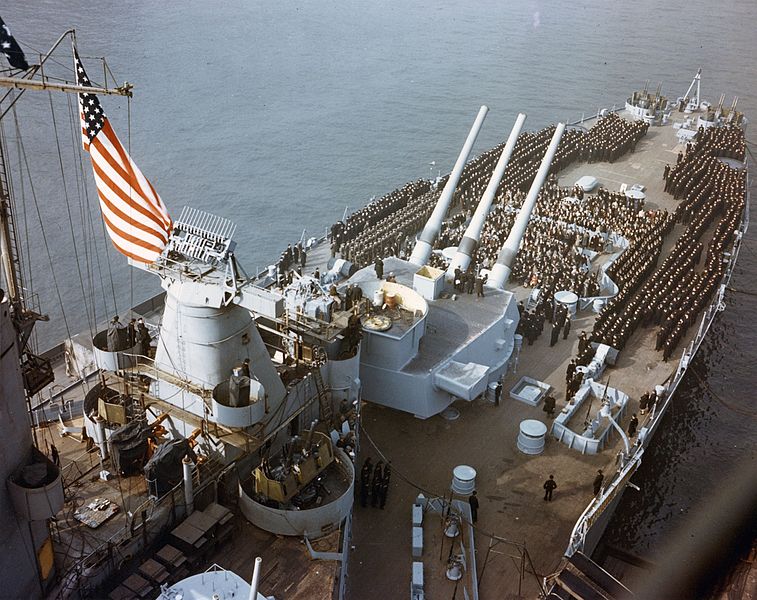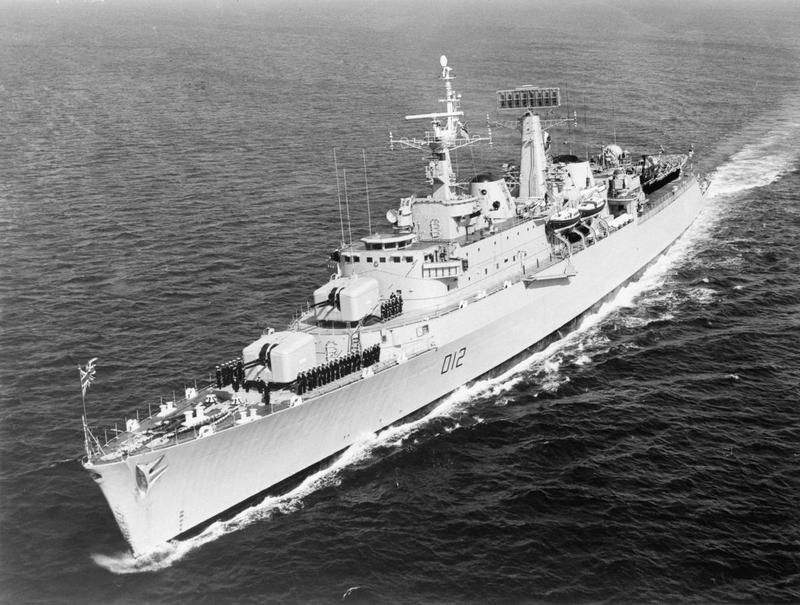Today, submarine-launched ballistic missiles form the backbone of the great power's nuclear deterrents. Nuclear submarines loaded with long-range weapons prowl below the waves, almost undetectable and ready to strike back, even if the homeland is destroyed. But while this state of affairs seems normal today, getting here required overcoming formidable challenges. Creating a land-based ballistic missile was difficult enough, but to take the system to sea opened up a whole new set of challenges.

A Soviet Golf class ballistic missile submarine
The biggest of these is guidance. Because ballistic missiles are fired at targets hundreds or thousands of miles away, the submarine needs to be able to locate itself precisely at all times, without giving away its position. Any inaccuracies in position translate directly to errors in the missile's point of impact. The missile itself is also a complex machine loaded with explosives and dangerous fuel, and the submarine needs to be able to support it and then launch it if the time comes. Launch is made more difficult by the fact that the platform is rolling, pitching, and probably underwater. But all of these problems were overcome in the late 50s and early 60s, and for the last half-century, SLBMs have been a leading guarantor of peace. Read more...







Recent Comments